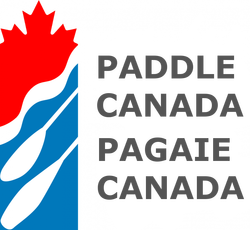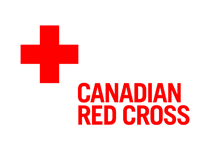Trekking Agency: You should use one. Priority at the tea houses, translators, amazing knowledge of the area, culture, and logistical wizards. I have no regrets about using one, and giving the people of Nepal my money. I chose Nepal Vision Treks, who met or exceeded every expectation I had. Highly recommended. For our group of 6, we had 3 porters, 1 assistant guide and 1 head guide.
Money: Even if you've paid for a trekking company package, you'll still need to bring Nepalese Rupees with you. Paying for wifi (350-500 rupees per night), hot water (150-300 rupees), bottled water (150-350 rupees), battery charging (~350 rupees/hour), and other supplies (toilet paper, chocolate, pringles, coke, beer). There is an ATM in Namche, but it's better to have already exchanged money in Kathmandu. You will also need to have on hand your tips for your porters. Our 3 porters and 1 assistant guide stayed in Lukla preparing for their next trek and so we had to tip them before returning to Kathmandu.
SIM Card: Buying an NCell SIM card is cheapest at the airport. For $11, a 1 GB data plan was used almost every day on the trek. There were 3 places that the cell network didn't work and wifi had to be bought.
Diamox: Most people start taking Diamox in Namche, and I would recommend this. We had people in our group who waited until it was too late to start this medication and had altitude sickness. Preventing altitude sickness is never a bad thing! Count the number of pills before you go. We had people with 7 pills vs people with 28 pills on our 17 day trek. The more the better. Diamox can be used both prophylactically and as treatment for altitude sickness.
Weight limit: There is a 15kg per person weight limit for flying from Kathmandu to Lukla. This is a combined weight for your duffel bag and your daypack. This sounds like a lot, but it isn't. We wore extra layers on the plane and stuffed pockets with energy bars and batteries to get around the limit.
Solar Panels: October is very sunny month and so using portable solar panels on your day pack are very useful. Two members on our trek had panels (Solardyne and Goal Zero) and were able to charge their phones almost fully everyday. The Goal Zero brand worked slighty better in our experience, but was heavier.
Supplies in the Khumbu: Shopkeepers and Tea houses sell things you probably forgot or didn't bring enough of. You regularly see: Toilet Paper, batteries, and bottled water. Soda pop like Coke, Sprite, and Fanta can be found. Snacks such as chocolate bars (Snickers, Mars, Toblerone), and Pringles.
Tea Houses: Most tea houses offer rooms with 2 single beds. Beds are often a wood frame with a foam mattress 6-8". Rooms are unheated and most often have a shared toilet along the hallway. The dining rooms normally have a stove (fueled on dried yak dung), and are where most groups hang out. This rooms although warm, are vectors for germs. Most teahouses at higher altitudes run on solar panels so electricity can vary so keep your headlamp handy. Washroom floors are often wet due to bucket flushing, so chose footwear that you don't mind getting wet. Flip flops are too cold for higher elevations.
Menus: Tea house menus are all the same. The offer a variety of hot drinks, soups, and main dishes. Hot drinks include coffee, teas, and hot juice crystals. Soups include broths like garlic soup, dal (lentil) soup, and vegetable. Main dishes include: Pastas, pizza, spring rolls, momos (like a perogie), fried rice, curry rice, fried potatoes, and chow mein. For breakfast, common items like porridge, toast, eggs, hashbrowns, french toast, and pancakes. With our trekking company, we were allowed 1 hot drink and 1 menu item for breakfast and lunch, and for dinner were were allowed 1 hot drink, 1 soup, and 1 menu item. We found the portions big enough to fill our bellies.
Water: In order to stay hydrated, we drank between 4-5L of water per day. We had our Nalgene bottles filled at the tea houses by our guide, and then we treated the water with our Steripen Adventurer. Over the course of our 17 days, we used 6 CR123 batteries for 3 people. The Steripen is quick and effective, we never got intestinal ailments. We also saved money compared to buying bottled or boiled water, and helped reduce waste issues with the bottles. The only exception was Gorek Shep, where we had to buy bottled water as the water quality there was poor- full of sediment.
Sleeping bag: A minimum of a -15C down bag is required. Room temperatures ranged from -2C to +15c but were most consistently in the single digits. Each night was cold and damp and your bag is your refuge.
Cold: What surprised most of our group is how much we underestimated how cold it was going to be. Trekking in the higher altitudes, you move at a snail pace, and don't generate any heat. Be more prepared for cold than you think! Lots of warm layers including merino wool baselayers. Tea houses are also very damp and cold. A big down jacket is essential wear!
Laundry: Another thing that surprised us was that nothing dries over 3400ft. Anything damp remains damp so I wouldn't advise doing laundry to keep things clean. Bring an extra pair of socks, underwear, and t-shirts to avoid doing laundry. We saw a few people tying damp clothing to their backpacks to dry during they day but even then the clothing ended up dusty!
Female Menstruation: Menstruating at altitude can complicate acclimitization and be a pain. If possible, use birth control methods to avoid having your period. If not possible, note that 2 of our group members started their menstruation cycle at 4400m and then it stopped over 4900m and then started again upon return to 4800m. Using a Diva Cup is recommneded compared to tampons as it produces less waste.
Gear: Make sure you buy good gear before you go and use it. Here is a list of gear our group thought was important/not important:
Don't bother: Thermos, gaiters, water bottle parka, selfie stick, SPOT satellite messenger, microspikes (used for 10mins), pee bottle.
Essential gear: Sunhat, Buff, thick down jacket, sunscreen, lip screen, sunglasses, energy bars, nuun tablets, hand sanitizer, medications, ear plugs, headlamp, travel lock, baby wipes, toilet paper, toque, light gloves, merino wool clothing, UV proof clothing, light softshell jacket, Osprey backpack, hiking poles and a -15C to -25C down sleeping bag.
Have any questions? Don't hesitate to ask below! Read my trip report for my trek to: Everest Base Camp and Cho-La pass.
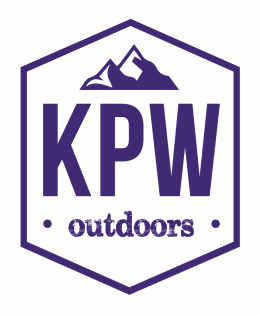
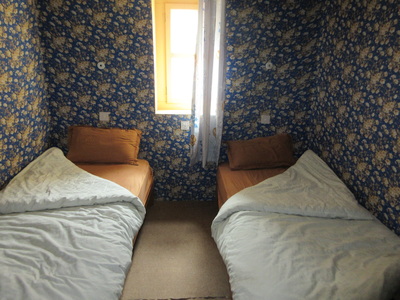
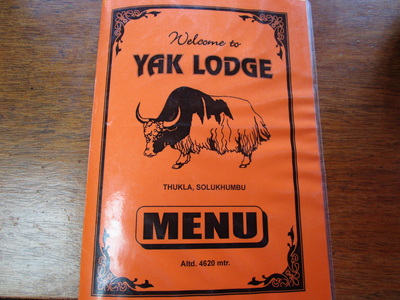
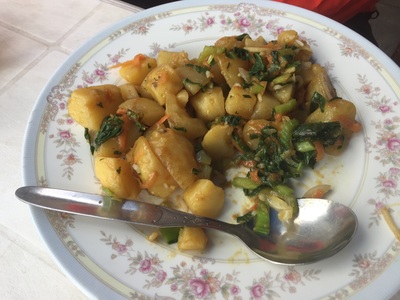
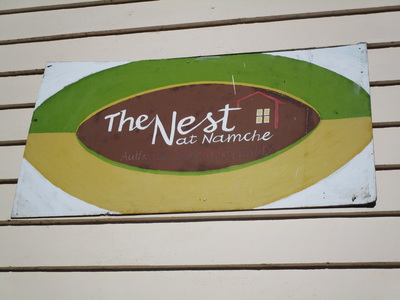
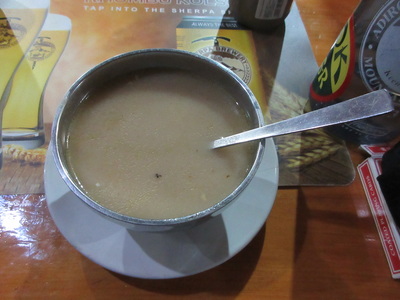
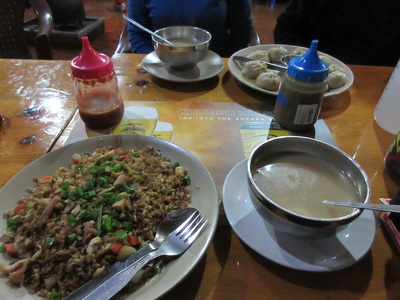
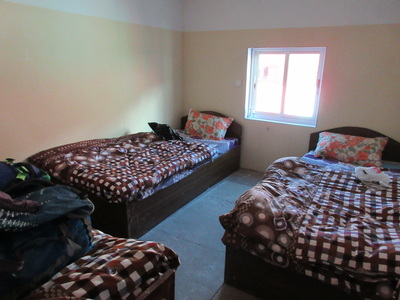
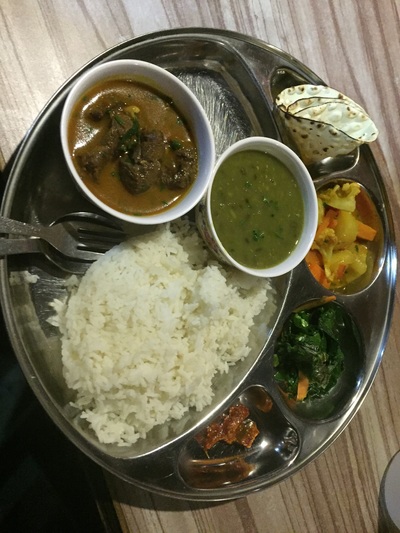
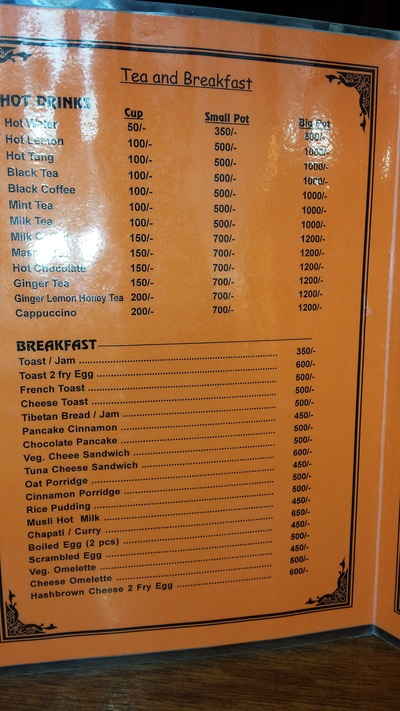
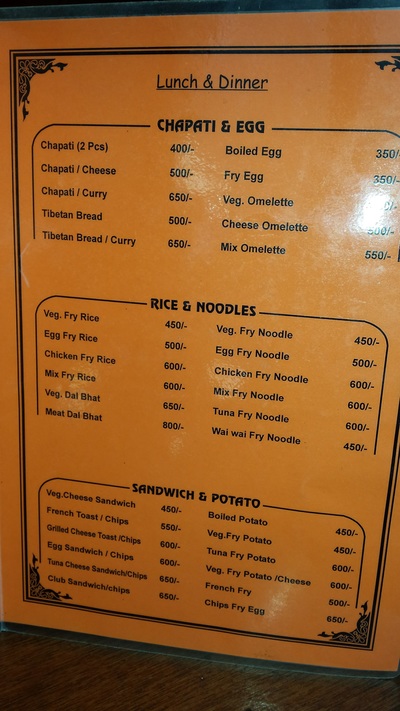
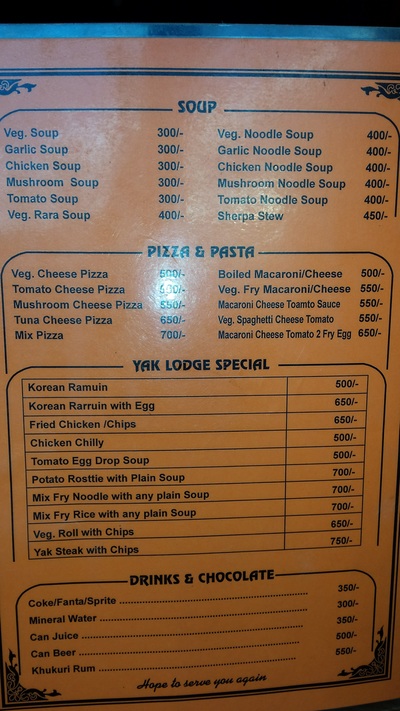
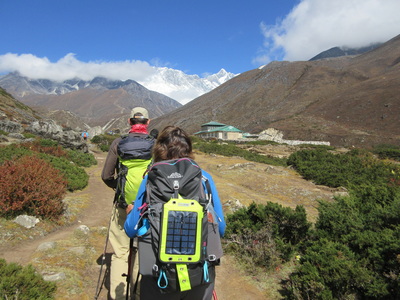
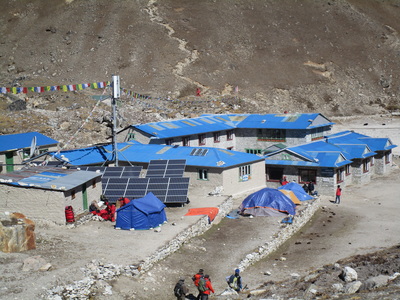
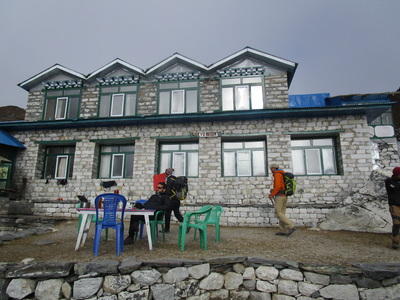
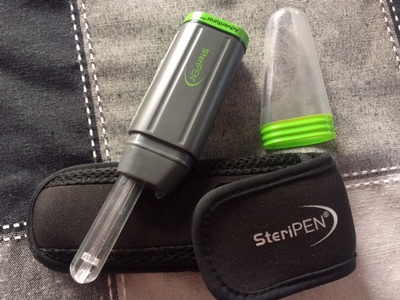
 RSS Feed
RSS Feed

